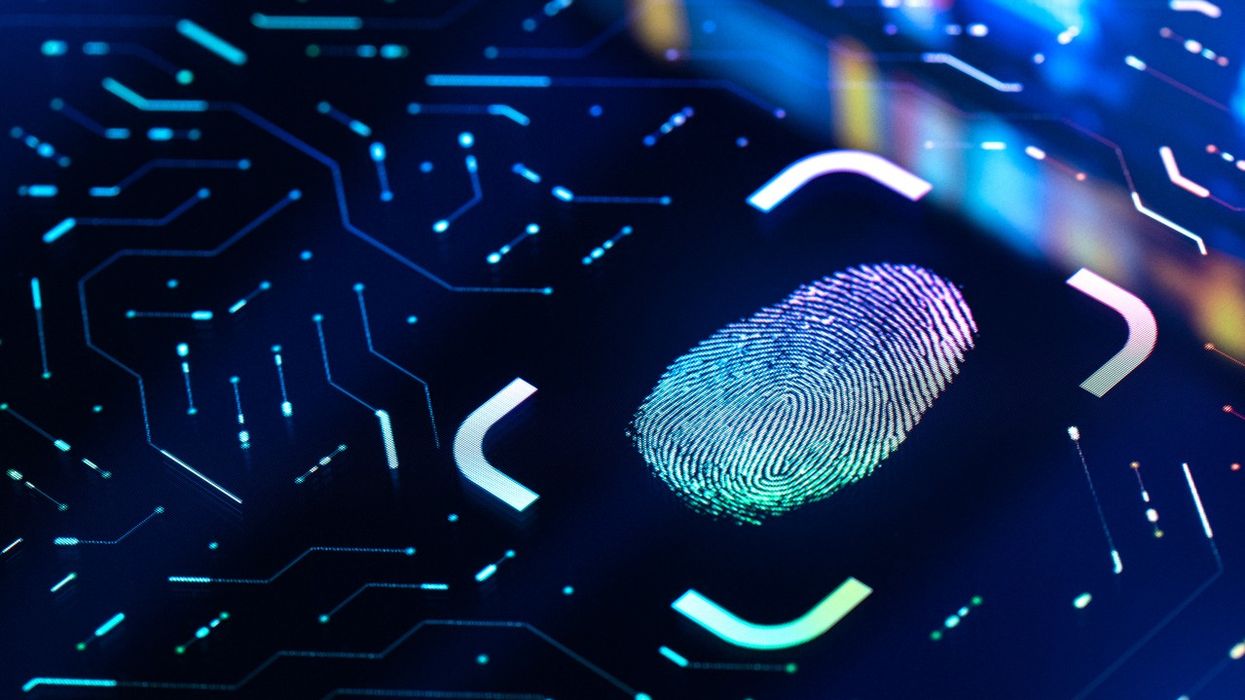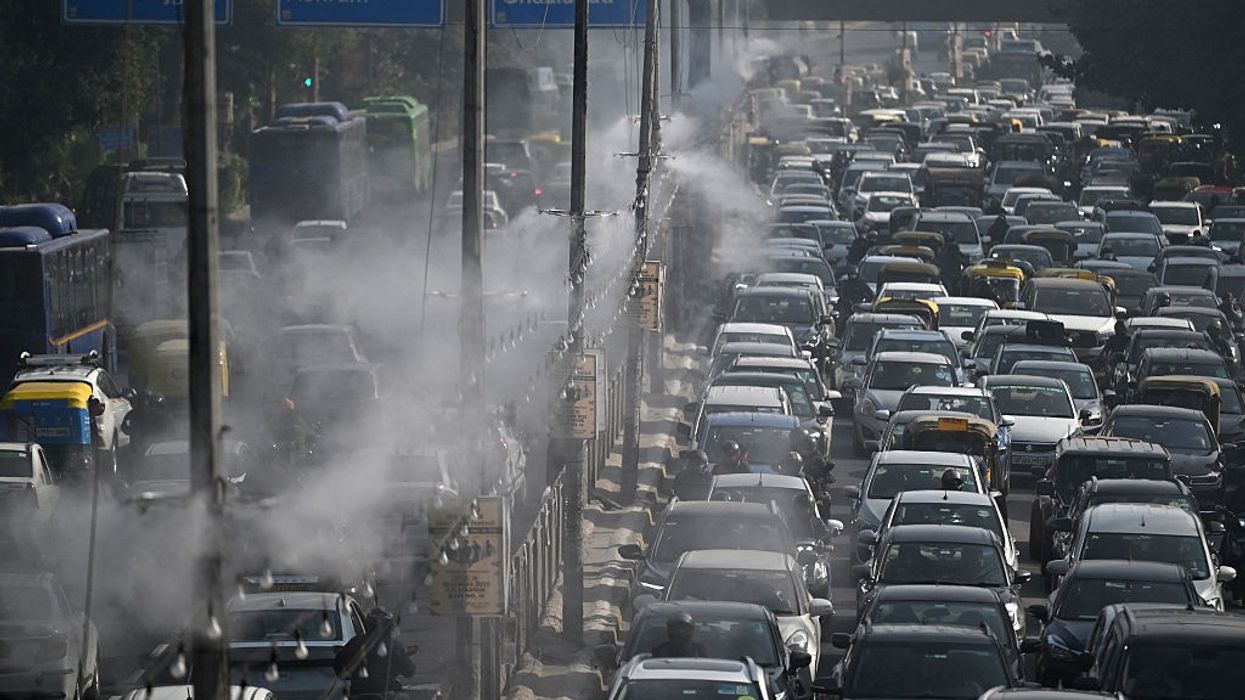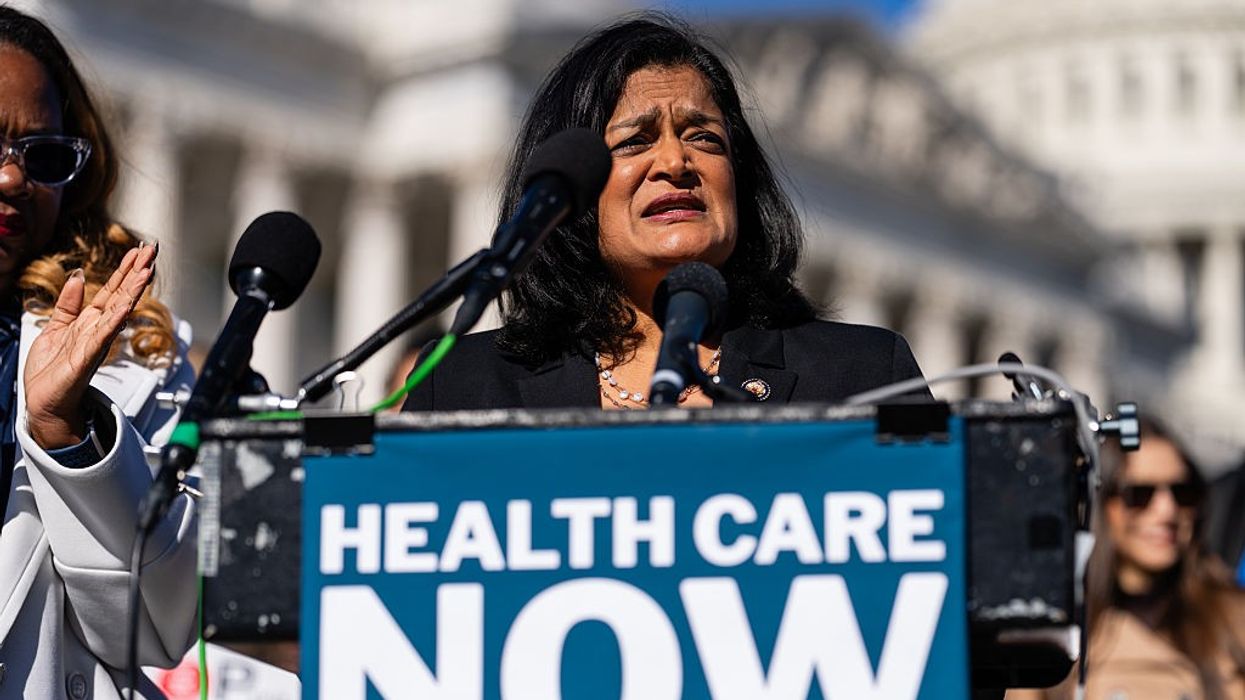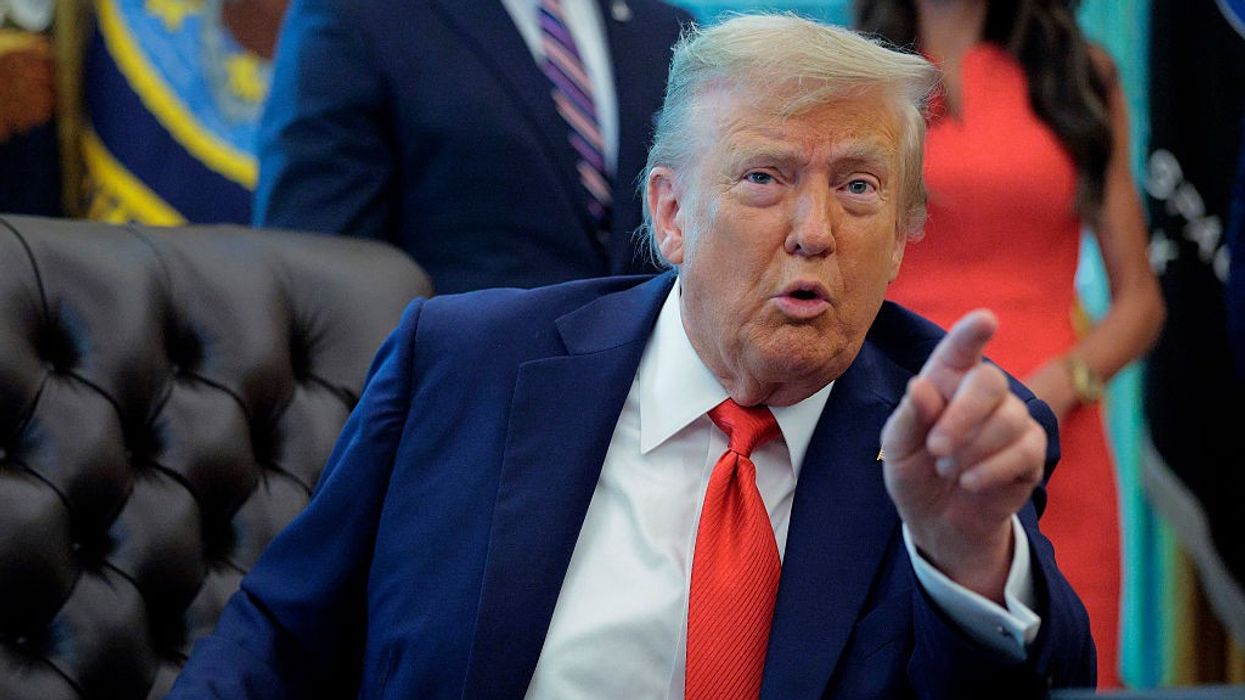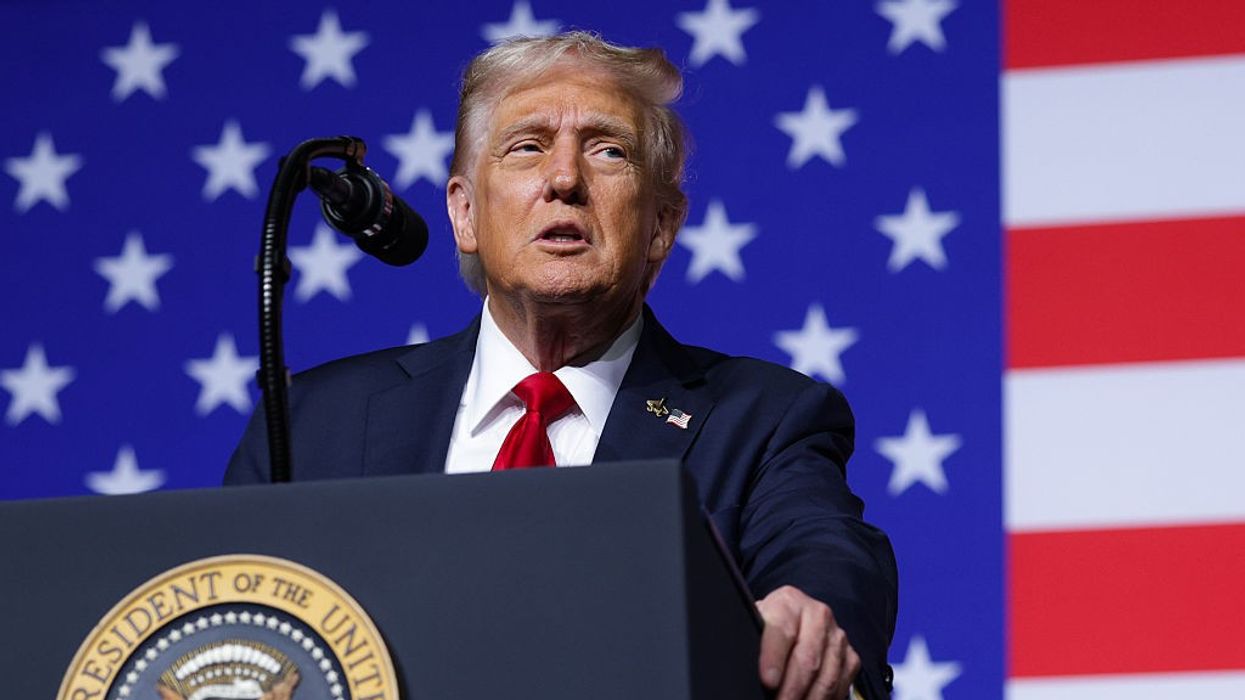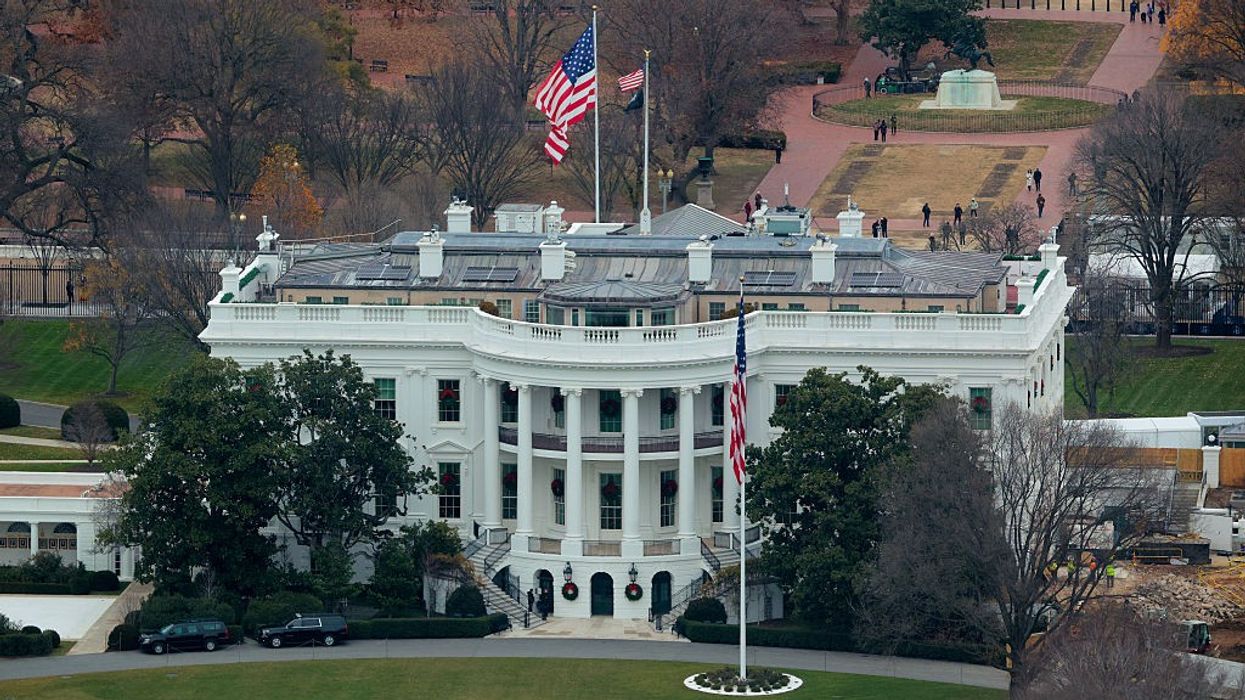In a significant tightening of US border controls, the Department of Homeland Security (DHS) has unveiled new travel regulations mandating facial recognition and biometric checks for all non-US citizens — including permanent residents holding Green Cards — at every entry and exit point across the country. The rule, which takes effect on December 26, 2025, is aimed at curbing identity fraud, tracking visa overstays, and strengthening national security.
A nationwide biometric rollout
According to the DHS statement, the US Customs and Border Protection (CBP) will expand its biometric data collection across all airports, seaports, and land borders. Every foreign traveller will now be photographed and their biometric data captured, regardless of age — a notable shift from earlier policies that exempted individuals under 14 and over 79.
The agency already employs facial recognition at most international airports, but the new regulation will make it mandatory at all ports of entry. DHS says the expansion will enhance its ability to verify identities and detect fraudulent travel documents.
Targeting visa overstays and illegal immigration
Officials assert that the biometric entry-exit system will help address visa overstays — a major contributor to unauthorized immigration in the US. A 2023 Congressional Research Service report estimated that overstays accounted for about 42 per cent of the 11 million undocumented immigrants in the country.
While the idea of an automated entry-exit system dates back to a 1996 congressional mandate, it has never been fully implemented until now. The CBP estimates the program could be fully operational at all major ports within three to five years.
How the system will work
Each traveler’s photograph will be stored in a secure image database, linked to data from passports, travel documents, and other biometric identifiers. When a traveler enters or exits the US, real-time images will be matched against this database for verification. The DHS claims the system will minimize identity fraud and reduce human error in immigration checks.
The move also aligns with the Trump administration’s broader immigration enforcement priorities, which include tighter control over the US-Mexico border and stricter documentation protocols for foreign nationals.
Privacy and civil rights concerns
Despite assurances of enhanced security, the new rules have ignited a debate over privacy and potential discrimination. A 2024 report by the US Commission on Civil Rights found that facial recognition systems tend to have higher error rates when identifying Black individuals and other minorities, raising concerns about racial bias.
Civil rights groups argue that these measures could lead to an era of pervasive government surveillance. “This technology is unreliable, disproportionately harms people of color, and serves as the foundation for a perpetual surveillance state,” said Cody Venzke, senior policy counsel at the American Civil Liberties Union (ACLU).
Critics also question whether Congress envisioned such technology when it passed earlier biometric laws more than two decades ago, noting that facial recognition was then in its infancy.
Balancing security and privacy
Supporters of the rule argue that biometric data collection is crucial to prevent identity theft, terrorism, and illegal immigration. However, opponents warn that without strong oversight and safeguards, the system could erode civil liberties and disproportionately affect minority travellers.
As the US prepares to launch the full-scale biometric entry-exit program, the debate between security and privacy intensifies — setting the stage for one of the most consequential changes in US border policy in decades.
